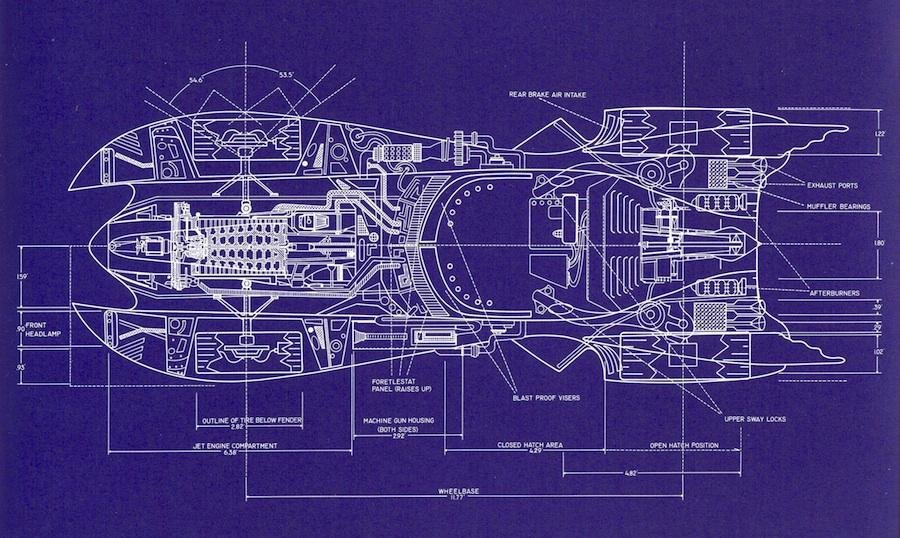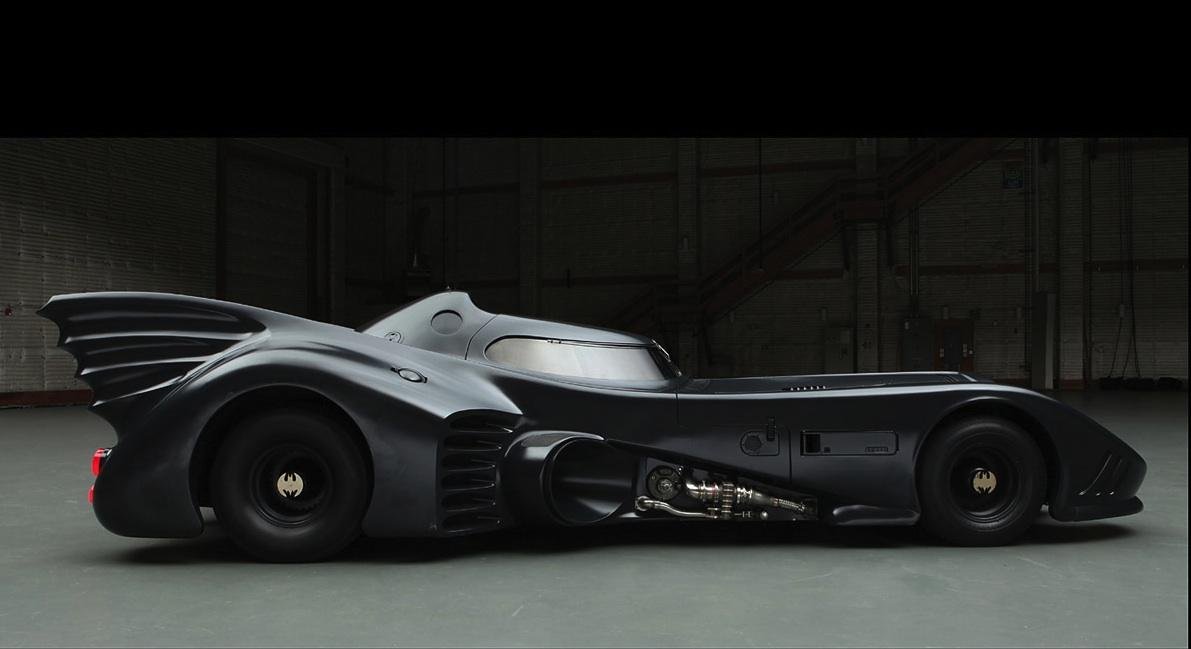Introduction to Design Patterns
Created by Juan Manuel Torres / @onema / onema.io
Reviewing Object Oriented Programming
Who knows what OOP is?
Wikipedia: Object-oriented programming (OOP) is a programming paradigm that represents concepts as "objects" that have data fields (attributes that describe the object) and associated procedures known as methods.
Who knows the difference between a class and a object?


Class Structure
class ClassName
{
// These are variables bound to the object and can
// only be accessed by the object
public $classProperty01;
public function classMethod01()
{
// Methods are class specific function.
// Objects can reference themselves using $this.
}
}Magic methods
Set of special methods that are called when certain actions occur with in objects.
Constructors and Destructors are examples
Inheritance
Classes can extend the behaviour of other classes by using the "extends" keyword
class Animal
{
protected $sound;
public function setSound($sound)
{
$this->$sound = $sound;
}
}
class Dog extends Animal
{
protected $trick;
public function setTrick(TrickClass $trickObject)
{
$this->$trick = $trickObject;
}
}Overwriting properties and methods
class Animal
{
protected $sound;
public function setSound($sound)
{
$this->$sound = $sound;
}
}
class Dog extends Animal
{
protected $trick;
public function setSound($sound)
{
parent::setSound($sound)
// assume DoggyTalk extends TrickObject
$trick = new DoggyTalk($sound);
$this->setTrick($trick)
}
// . . .
}Preserving method functionality while overwriting
class Animal
{
protected $sound;
public function setSound($sound)
{
$this->$sound = $sound;
}
}
class Dog extends Animal
{
protected $trick;
public function setSound($sound)
{
parent::setSound($sound)
// assume DoggyTalk extends TrickObject
$trick = new DoggyTalk($sound);
$this->setTrick($trick)
}
// . . .
}Bad Doggy!
class Dog extends Animal
{
protected $trick;
public function setSound($sound, DoggyTalk $trick)
{
parent::setSound($sound)
$this->setTrick($trick)
}
// . . .
}Violates Liskov Substitution Principle
Public, protected and private properties
Polymorphism
Describes a pattern in which classes have different behaviour but share common interface.
Welcome to design patterns
Your problems have already been solved!
Let' assume we all work for an independent car design company
As developers we are in charge of creating the software that will display new 3D models and simulations.

New requirement
As part of improving the software, we should be able to create 4WD vehicles. This is the first of many requirements that will come from management.
"Improved" class design

What is wrong with this?
All cars are not full time 4WD
There are part-time, automatic, shift on the fly 4WD, 2WD and All-Wheel Drive!
We could just overwrite the behaviour of things that change.

Inheritance will not solve this problem, what can we do?
Exercise 1: In groups of 2 discus and improve the current class design.
HINT: use polymorphismDesign principle 1:
Identify what parts of the application changes and separate them from what stays the same.
Remember be DRY
Code repetition may be an indication that you are not doing things right!
Exercise 2:Improve your own design.
HINT: use polymorphism
What is wrong with this design?
Design principle 2:
Program to an interface, not an implementation.
Make classes for each of our behaviors

Design principle 3:
Favor composition over inheritance.
Encapsulate Behaviors

abstract class Automobile
{
protected $wheelDriveBehavior;
protected $honkBehavior;
public function wheelDrive()
{
$this->wheelDriveBehavior->wheelDrive();
}
public function honk()
{
$this->honkBehavior->honk();
}
}
class Truck extends Automobile
{
public function __construct(WheelDriveInterface $wheelDrive, HonkInterface $honk)
{
//$this->wheelDriveBehavior = new 4WheelDrive();
//$this->honkBehavior = new LaCucarachaHonk();
$this->wheelDriveBehavior = $wheelDrive;
$this->honkBehavior = $honk;
}
// other methods ...
}
THE END
BY Juan Manuel Torres / onema.io / @onema / kinojman@gmail.comIntroduction to Design Patterns
By Juan Manuel Torres
Introduction to Design Patterns
- 1,644



